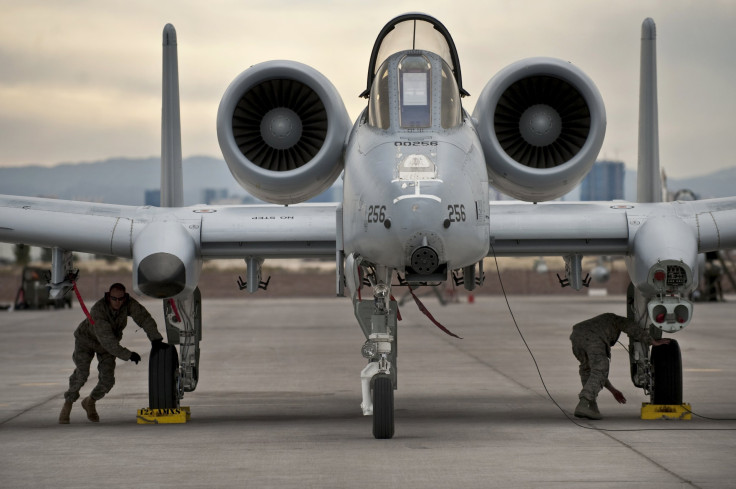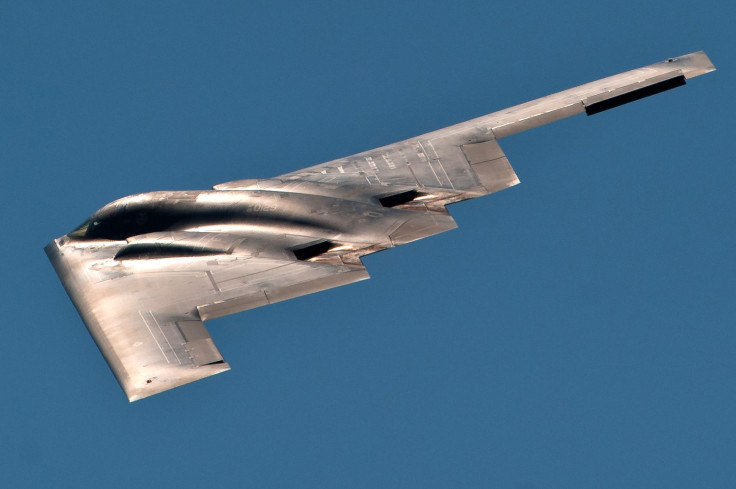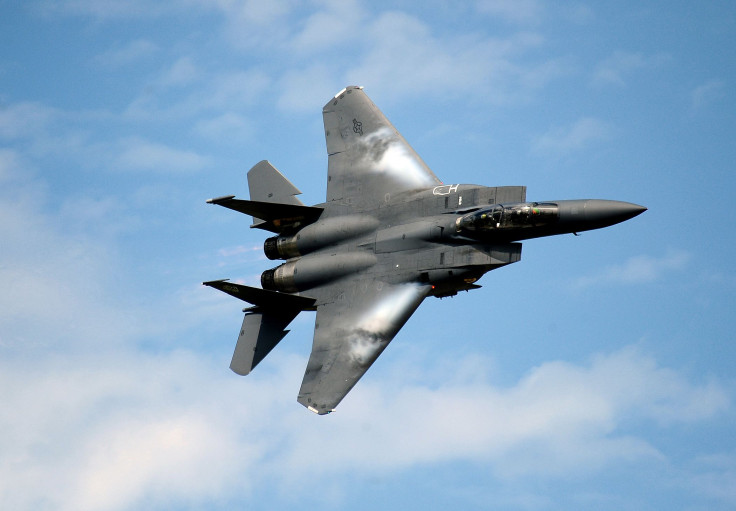Sequester Grounds US Air Force Jets As North Korea Conflict Looms [PHOTOS]
The budget cuts known as sequestration are forcing the United States to ground hundreds of its warplanes, at a time when they are likely to be called upon in the event of a conflict with North Korea.
According to internal documents obtained by Air Force Times, an independent newspaper covering the service, the spending cuts that have gone into effect March 1 will result in 44,000 fewer flying hours until September, when the government’s fiscal year 2013 ends.
The newspaper cited a memo by Maj. Gen. Charles Lyon, director of operations for Air Combat Command, saying the Air Force’s budget for flying hours was reduced by $591 million for the remainder of the fiscal year, making it impossible to keep all squadrons ready for combat.
A request for comment from the U.S. Air Force on Tuesday morning was not answered immediately.
Seventeen Air Force squadrons will stand down on Tuesday, including the stealthy, advanced F-22 Raptor fighters from Langley Air Force Base in Virginia that were recently deployed to South Korea in a show of force. Other frontline planes grounded include part of the fleet of B-1, B-2 and B-52 heavy bombers that would form a fundamental part of any U.S. plan for war with North Korea.
Also grounded are the Thunderbirds, the Air Force’s aerobatic team, which will not perform at air shows this summer.
Air Force officials already told Congress that the sequester would reduce flying hours by 18 percent over the fiscal year and that combat readiness would drop to “sub-optimal levels.”
The Air Force units based in South Korea, closest to the theater of any future action against North Korea, are not affected. However, three important units flying the F-15 and F-16 in Japan, which would likely have been used in the event of conflict, have been reduced to “basic mission capable levels,” meaning they cannot operate at the fullest extent of their capabilities.
The planes affected by the sequester grounding include some of the following:







© Copyright IBTimes 2024. All rights reserved.












